There are so many coffee options available these days, so, let us get down to the basics: espresso vs coffee. Which one is better? Which one is healthier? How do you make them at home? Do you need any special equipment to make them?
We covered all the details from the origin of coffee to the brewing method to ensure that you clearly understand the difference between them.
IN THIS ARTICLE:
Is Espresso Just A Shot Of Coffee?
This seems to be the most searched question when it comes to espresso. To clarify, yes, espresso is a type of coffee but no, it is not just a small shot of regular coffee. It is brewed in a completely different way and offers a different flavor palate. It is stronger, thicker, and has a delightful crema on the top.
It may seem similar but espresso and coffee are prepared in completely different ways, so let’s see it in detail.
What Is Espresso?
Espresso is a highly concentrated type of brew with a strong flavor. It is served as a small 1-ounce shot and is often used as a base for versatile beverages including lattes, cappuccinos, mochas, etc. To brew it properly, you need to have an espresso machine.
It originated in Italy in the early 1800s and has soon become the favorite caffeine beverage worldwide. You can order it in almost any coffee shop or make one at home. Even if you do not own a machine, there are some alternative brewing methods you can try.
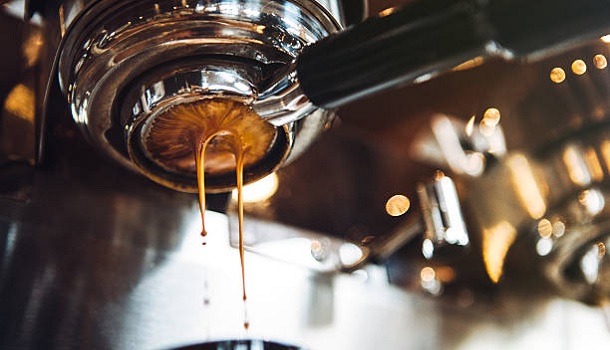

How To Make It? – Step By Step
When you have an espresso machine, you can make a perfect brew in a few very simple steps:
- Turn on the espresso machine and let it heat up. How long will this take depends solely on the machine you have – it can be anywhere from 5 to 30 minutes. If you are a newbie, check the machine’s manual.
- While you wait for the heating process to complete you should grind your coffee beans. You should make a very fine grind (not super fine) to ensure that you get all the flavors from your beans. While you can use any coffee grinder, a conical burr grinder will do the best job as it does not burn your coffee beans.
- Now that you have your grinds ready for use, take the portafilter out of the machine, add the grounds into it, and tamp the coffee using an even amount of pressure.
- Run hot water through the brew group to ensure that there are no leftover grounds in it from a previous brewing cycle.
- Place the portafilter back into its position and lock it in.
- Now you can pull an espresso shot.
That is pretty much it. To extract a perfect shot, you should time espresso at 20 to 30 seconds.
What Is Coffee?
Regular black coffee, on the other hand, offers a completely different flavor pallet. It is much less intense than espresso and has a bit more diluted texture. It is brewed in a completely different brewing process and to make it, you need a regular coffee machine.
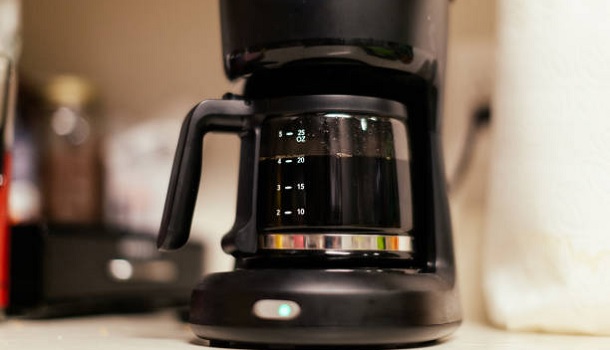

How To Make It? – Step By Step
Regular drip coffee is just as easy to make if you have a coffee machine:
- The first thing you need to do is fill up the machine’s water reservoir.
- Now, weigh out your coffee grounds. Use about 54 grams for every 4 US cups.
- Grind your beans using a coffee grinder to a medium-coarse grind level. In case your grinder has pre-programmed settings, use the drip setting.
- Place the needed filter (paper or a permanent one) into its position. A paper filter will provide you with a clean brew whereas a permanent one provides a much stronger brew (such as a French press).
- Turn your machine on and run a blind cycle without any coffee. This will help the machine heat up completely
- Turn the machine off and refill the water reservoir.
- Add your coffee grounds into the brewing basket with a filter. Level the grounds slightly to ensure that the water can saturate them properly.
- Turn the machine on once again and let it brew the coffee. The duration of the brewing process depends on the grind size.
That is it. Once the coffee stops dripping out from the filter your brew is done and ready to be served.
How Is Espresso Different From Coffee?
Now that we have our basics covered, let us dive into their differences: grind size, brewing process, brewing time, caffeine amount, etc.
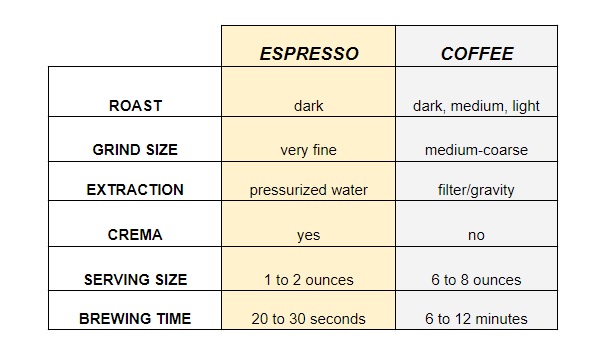

Roast
Coffee beans are harvested as pale green beans. Now, for them to have the flavor pallet you expect, they need to be roasted. Espresso beans are roasted until they become very dark. This ensures that they can withstand the high pressure of the brewing process. You also get a full body of flavors with very little acidity. For this reason, they are often used to make versatile coffee/milk-based beverages.
Somewhat lighter roasts are preferred for the pour-over drip methods. They tend to be much fruitier and provide a bit brighter flavor. However, you can try different roasts both for espresso and drip coffee. It all comes down to your preferences.
Grind Size
You might not believe how much the grind size can affect the flavor of your brew – both when it comes to espresso and coffee. For espresso, you need to have a very fine coffee grind. If your grounds are coarse, your espresso will be under-extracted, meaning, it will be watery, sour, and flavorless. On the other hand, if you make a super-fine grind, water won’t be able to go through the coffee puck and it will burn the grounds. As a result, your brew will taste burnt and bitter.
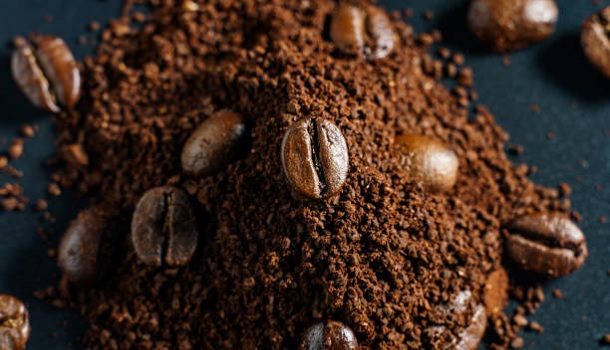

Now, for regular coffee, you need a bit coarser coffee grounds. The water first saturates the grounds and then drips through them. During this process, most of the flavor is let down from the grounds. As a result, you get a somewhat milder coffee flavor packed with fruity tones.
Brewing Process
Probably the largest difference between espresso and coffee is in the brewing process. Espresso is extracted by pushing highly pressurized hot water through a puck of coffee inside the filter basket. On the other hand, drip coffee machines rely on gravity. As a result, the water slowly saturates the coffee grounds inside the filter and then drips out into the carafe.
Serving Size
Espresso is served as a small, 1-ounce shot. It is not a type of coffee that is meant to be sipped on. Black coffee is served in an 8-ounce cup. It is made that way to ensure that you can sip on it.
Caffeine
Now, which of these brews is more caffeinated? This is a large debate among coffee lovers and here is why. Most people believe that espresso has a much higher caffeine content than regular black coffee. The truth, however, is that it has a higher caffeine concentration, not content. Espresso is served as a 1-ounce shot and has about 63 mg of caffeine per shot. If you need more caffeine you can always opt for a double shot of espresso.
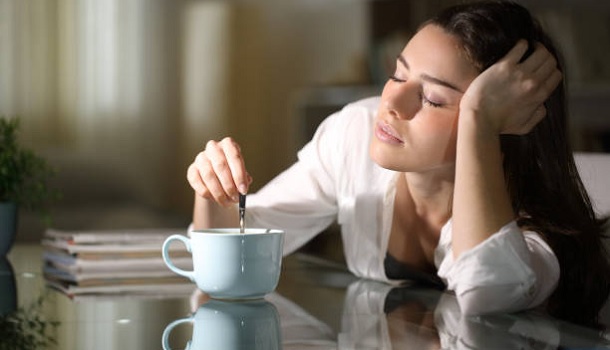

Now, a cup of regular coffee contains 8 ounces of your favorite beverage and it has about 95 mg of caffeine (although it can have anywhere from 70 to 105 mg). This means that it contains less caffeine per ounce but is more caffeinated due to the size of the serving.
Is Espresso Tastier Than Coffee?
Espresso contains about five times the amount of coffee bean solids that a cup of regular coffee does. As a result, it has a much more intense flavor than regular coffee. Now, is it tastier, this depends solely on your personal preferences.
Is Espresso Thicker Than Regular Coffee?
Yes, espresso is slightly thicker than coffee. This is due to the brewing process itself and the amount of coffee that is used to brew coffee. Regular coffee is less concentrated and therefore has a slightly thinner texture.
Is Espresso Less Bitter Than Coffee?
Actually, no. Espresso is far more concentrated and for this reason, slightly more bitter. However, keep in mind that the bitterness depends on the roast you use as well as the grind size, water temperature, timing, etc. Regular coffee is a bit more acidic.
Is Espresso Better For You Than Coffee?
Espresso is considered to be a healthier option than regular coffee and other espresso-based beverages. This is because it is pure, meaning, it does not have any sugar or fat whereas we can not say the same for a cappuccino, latte, etc.
As we said, espresso is considered to be quite healthy (when consumed in moderation). It is full of antioxidants that can boost your immune system and keep you safe from the risk of stroke, diabetes, and heart diseases (keep you from the risk and not prevent it). It is said to be the best coffee option for people with weight issues.
Just like espresso, coffee is also full of antioxidants that can fight cell damage and help to reduce the risk of serious diseases. It is worth knowing that it contains very high levels of vitamin B2. So, both drinks have benefits but only if are not consumed too much.
Is Espresso Less Acidic Then Coffee?
Yes, it is. This is because espresso is made using dark roast beans that lose some of their acidity during the roasting process.
Difference Between Versatile Brew Types
Now that you understand the difference between espresso and regular coffee let us talk more about the difference between versatile brews:
Decaf Espresso Vs Decaf Coffee
The difference between the two is the same as between regular espresso and coffee – just take the caffeine out. Keep in mind that decaf does not mean “without any caffeine” but rather that the brew contains a reduced, negligible amount of caffeine.
Turkish Coffee And Espresso
Although Turkish or also called Greek coffee seems very similar to espresso, a cup of Turkish coffee is less caffeinated than an equal amount of espresso. While espresso has around 63 mg of caffeine, Turkish coffee has about 50 mg of caffeine in the same amount.
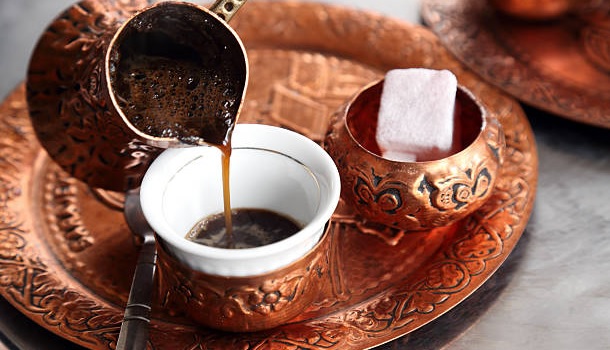

Americano Vs Espresso
Americano is made by combining a shot of espresso with additional hot water. It has a slightly weaker flavor than espresso itself. The high brewing temperature brings out the floral tones of the coffee grounds. As a result, you get a brew with a bit more nutty flavor. Americano has less caffeine than an espresso. For this reason, most coffee shops use a double espresso shot to make an Americano.
When making an Americano, it’s important to note that it’s the right way to add an espresso shot into the cup of hot water, and not the other way around. It ensures that the top creamy foam from espresso remains on top of your americano. If you pour hot water into espresso you can burn your brew.
Cuban Coffee Vs Espresso
Cuban coffee has around the same caffeine level as espresso does. However, it is much darker and has an intense flavor. Also, Cuban coffee is sweetened whereas espresso is usually enjoyed as it is.
Cold Brew Vs Espresso
Cold brew is very different from espresso. It has less acidity and more “dark” flavors than a regular espresso brew. Also, to make a cold brew you need to steep the coffee for at least about 12 to 24 hours whereas you can pull an espresso shot within only 2 minutes. Although it is generally made using more coffee grounds, cold brew has less caffeine than espresso.
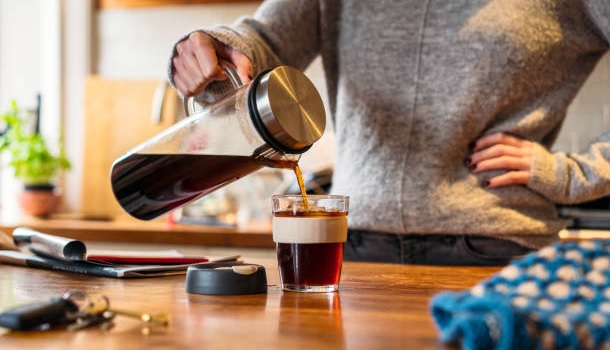

Instant Espresso Vs Instant Coffee
Instant espresso is made by dehydrating brewed dark roast coffee (espresso). You can use it both for cooking and baking as it makes delicious cocktails and enriches the flavor of chocolate biscuits. Instant coffee is made the same way but from regular coffee. It is often packed in small size packages you can easily carry around. To “brew” it, you only need to pour hot water over the grounds and that is it. As we explained, instant coffee is made from brewed and dehydrated coffee, and for this reason, it has a bit less caffeine than espresso.
What Else Do You Need To Know?
Before we leave you, here are some additional pieces of information you might want to have:
Is It OK To Drink Espresso Or Coffee Every Day?
Yes, it is. Consuming espresso daily is even considered healthy as long as you do not overindulge in it. It is considered good for weight loss, but let us explain. You will not lose weight if you only drink espresso. However, it can temporarily reduce the feeling of hunger. However, to not gain weight, you shouldn’t put sugar in your coffee or espresso.
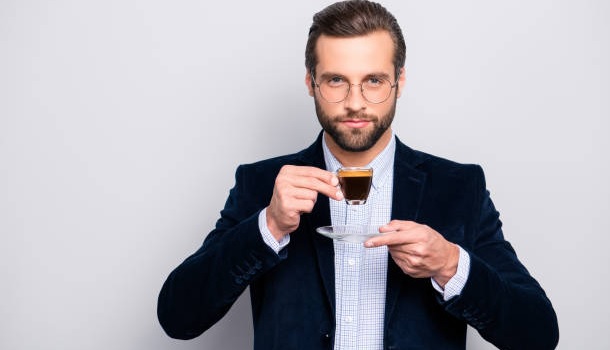

Can You Use Regular Coffee To Make Espresso?
Technically, yes you can. However, your brew will taste bitter, tart, funky, and altogether nothing like a real espresso.
Do You Put Milk In Espresso/Coffee?
You certainly can, but not, originally you do not put milk in espresso or coffee. However, if you do prefer the sweetness of the steamed milk you can add it to your cup. If that is the case you can even be bold and try to make yourself a latte, cappuccino, or a “Café Au Lait” (black coffee with milk).
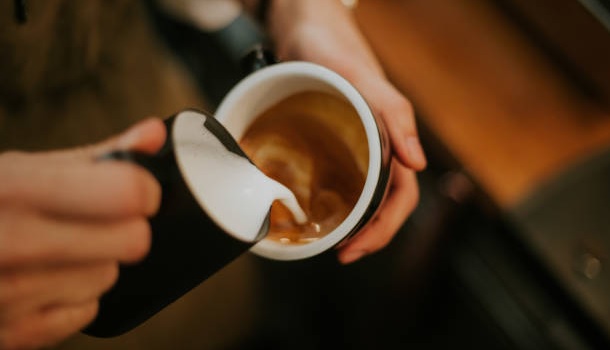

Why Do Some People Drink Espresso Instead Of Coffee?
Some might consider it to be a healthier option while others just may prefer its flavor. Either way, both espresso, and regular coffee have their fans.
Is It OK To Drink Espresso/Coffee On An Empty Stomach?
Let us be honest, most of us do. There is very little scientific evidence that says that you should not. Generally, coffee has the same effect on your body no matter when you drink it.
Can You Drink Espresso/Coffee At Night?
We do not recommend this. Caffeine in both brews will keep you up and you won’t be able to get a good night’s sleep you otherwise would.
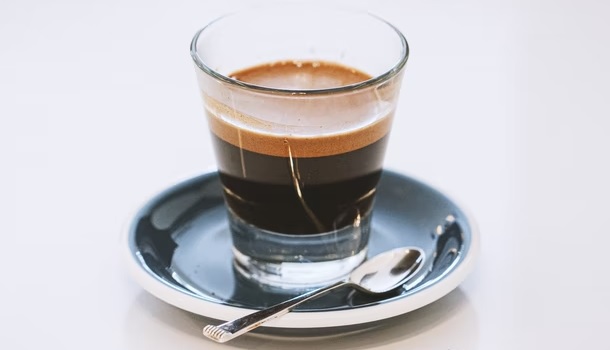

What Is The Healthiest Amount Of Coffee You Should Consume?
Now, this question is not about the coffee as much about the caffeine. The recommended dose of caffeine on a daily bases is up to 400 mg. This means that you can have up to 6 espresso shots or 4 cups of coffee without worrying too much about possible consequences (again, this depends on how sensitive you are to caffeine).
Why Is Espresso Mor Expensive Than Coffee?
The reason is very simple, to brew a perfect espresso shot you need to have far more expensive machinery that requires more expensive upkeep.
To Wrap It Up
There you have it! Now you have all the information about the difference between espresso and regular black drip coffee. If you love and enjoy coffee as much as we do, you will love both brews equally. Espresso is perfect for the quick mornings and short lunch breaks when you simply need a quick pick-me-up from your daily routine.
Regular coffee, on the other hand, is perfect for when you have time to sit down and relax by reading a book (or doing nothing at all). It is supposed to be sipped carelessly over time. Once you get the hang of brewing both espresso and coffee, you can give other combinations a try as well (i.e. cappuccino, lattes, etc.).

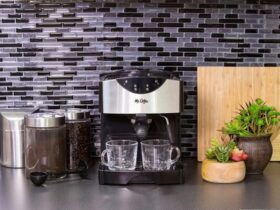
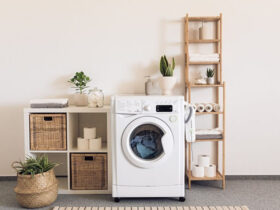
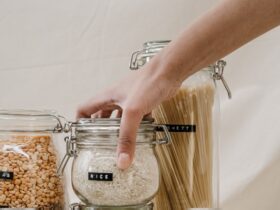
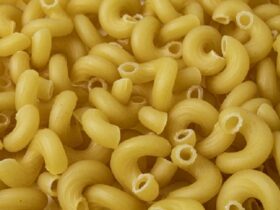
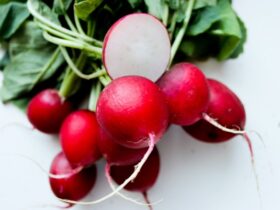
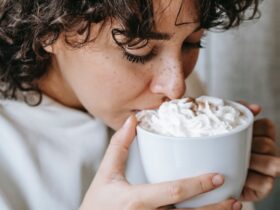
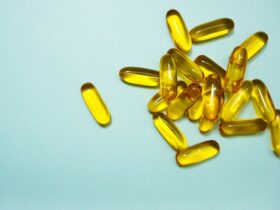
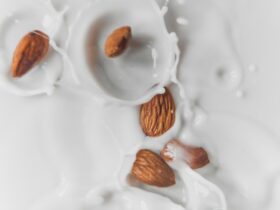
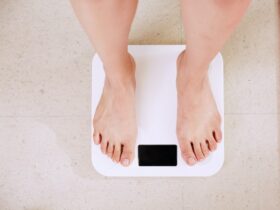
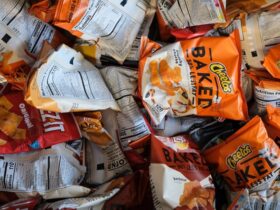
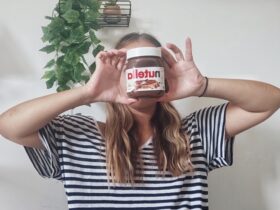
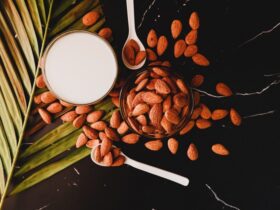
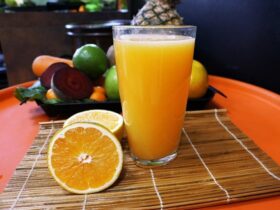

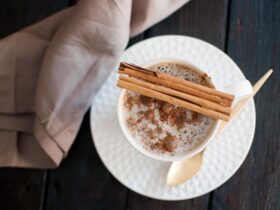
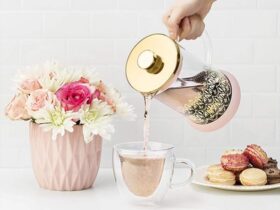
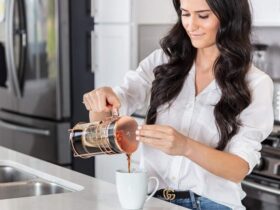
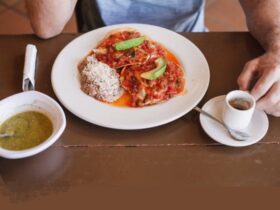
Leave a Reply